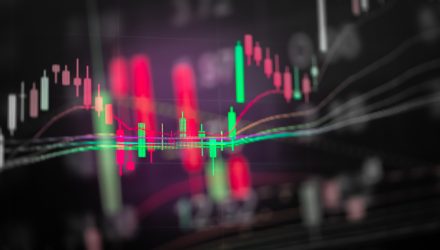As investors are continuing to pivot away from growth and toward value investments, equity income is an important area to consider.
“For conservative, long term equity investors, there’s a lot to be said for looking at equity income funds. That is, funds which seek out companies that throw off a fair amount of income in the form of dividends,” David Snowball, publisher of the Mutual Fund Observer, said.
The companies paying dividends are often mature firms — though some can be quite small — that have mastered their business, made the essential investments, and now generate more money than they have a meaningful use for, Snowball said.
When considering investing in an equity income fund, it’s important to consider the management as the merit between competing funds varies.
“The key is measuring the quality of management; it’s possible to generate dividends through sleight of hand, which is dangerous and unsustainable. As an example, some high yield corporate bond issuance was made in order to pay an equity dividend,” Snowball said.
“I think the [Guinness Atkinson] folks are very disciplined, very smart and have been playing the game for a long while,” Snowball continued.
Looking at the nine-year record for all global equity income and global large-cap core ETFs and open-end funds, sorted by nine-year Sharpe ratio, “[The Guinness Atkinson SmartETFs Dividend Builder ETF (DIVS)] sits pretty much at the top of the pack,” Snowball said.
The only fund with a higher Sharpe ratio over a nine-year period is the Morgan Stanley Global Franchise Portfolio (MSFAX), a mutual fund; however, where DIVS beats MSFAX is in consistent return over a five-year period.
When considering ETFs exclusively, DIVS is the winner by nine-year Sharpe ratio, trailed by the BlackRock iShares Global 100 ETF (IOO), the BlackRock iShares MSCI Kokusai ETF (TOK), and the BlackRock iShares MSCI World ETF (URTH).
For more news, information, and strategy, visit the Dividend Channel.

